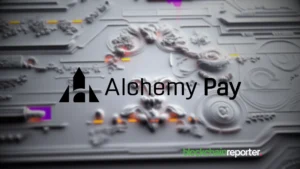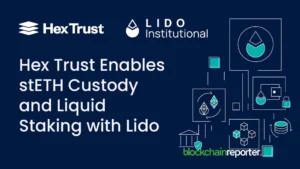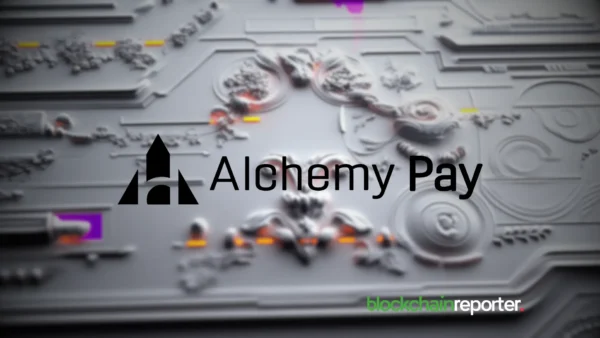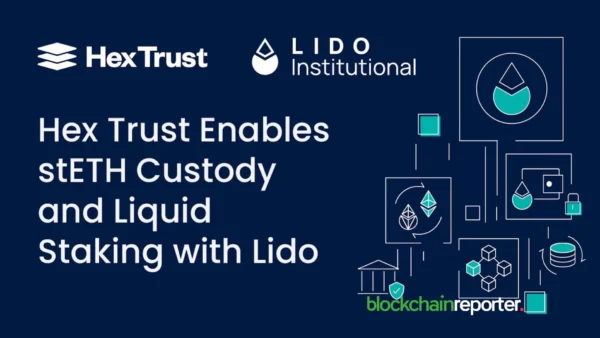
What the Pectra Upgrade Means for Ethereum Stakers and Validators
Brace yourselves: Pectra is coming. The forthcoming Ethereum network upgrade, arguably the largest to date, has captured the industry’s attention for a host of reasons. Developers are naturally interested in the performance enhancements it will yield through things like gas fee management and account abstraction. Stakers are concerned with what the rule changes will mean for running validators and earning ETH rewards. And investors are of course concerned with whether Pectra will pump their bags.
All these matters and more will be finally settled in early April when Pectra is deployed on the Ethereum mainnet. The cliff notes concern refining staking mechanics, beefing up security, and further optimizing network scalability, but there’s more to Pectra beneath the hood. With no less than eight EIPs bundled into this hard fork, there’s a lot to unpack with Pectra. Let’s give it a shot.
Wake and Stake
The rule change that’s captured the most headlines so far concerns staking, and no wonder. The largest DeFi vertical by some distance based on TVL, staking is the seat from which much of the innovation occurring across the EVM stack occurs. From restaking to L2 liquidity, it all starts with ETH staking. Given the hundreds of billions of dollars at stake, accounting for around 30% of ETH’s circulating supply, there’s naturally a need to be cautious when adjusting staking parameters. It’s one of the reasons why Pectra has been delayed from its original March date to allow for further testing.
For validators, who help secure Ethereum in exchange for network rewards, Pectra represents both opportunity and change. New staking limits and improved security features mean that validators, regardless of their size, will need to adapt. At present Ethereum’s staking model requires validators to commit 32 ETH per node, a threshold that, while effective for decentralization, has posed challenges for scalability and flexibility.
The Pectra upgrade introduces revised staking limits that aim to simplify participation and optimize resource allocation. This allows validators to consolidate larger amounts of ETH under fewer nodes without compromising network security – up to 2048 ETH versus the current 32 limit. This means that large-scale operators can potentially manage their resources more efficiently, reducing overhead and complexity.
There are several benefits to this rule change. Smaller holders and new entities can enter the staking arena without having to manage the complexities of multiple validator nodes. Larger validators, meanwhile, can stake beyond the 32 ETH threshold on fewer nodes, allowing big operators to reduce node sprawl by consolidating their ETH stakes.
What Staking Services Make of Pectra
There are a lot of subtle changes that Pectra ushers in – we haven’t even covered account abstraction or “Verkle Trees” yet – but with so much weight assigned to staking, it’s instructive to consider what the experts make of this aspect. Aside from Ethereum developers, staking providers are the players best qualified to weigh in on what Pectra brings to the table.
In its detailed analysis of Pectra, staking specialist P2P.org notes the potential for the upgrade to support greater profitability through auto-compounding. To help validators navigate the complexities required to capitalize on this opportunity, P2P.org has introduced automated flows to its staking dapp, streamlining the process. As for how much extra operators can expect to earn per year from auto-compounding, Pectra calculates it to be around $1,000 extra per validator.
While the staking enhancements Pectra introduces are a net good for ETH stakers, they’re by no means simple to grasp. For this reason, staking services that live and breathe this stuff are likely to become increasingly relied on by validators to handle the minutiae of ETH staking. To name but one peculiarity, auto-compounding only works on validators, P2P.org explains, if they hold below the maximum 2048 ETH – which is why it’s capping the max balance slightly below this to avoid the limit being hit.
What Else Is Pectra Packing?
Alongside the staking changes, the Pectra upgrade revisits Ethereum’s consensus rules to bolster network security. It incorporates optimized slashing penalties and refined monitoring tools to catch malicious actors more swiftly. Pectra introduces dynamic penalties, meaning validators with repeated offenses – typically validators behaving dishonestly or remaining inactive for too long – face stiffer fines than first-time violators.
Using zk-proofs, network monitoring gains an added layer of privacy while still being able to identify malicious or underperforming validators. This helps safeguard honest validators from accidental slashing and ensures that fraud detection remains robust. Consistent adherence to network rules translates into higher uptime and stable staking rewards.
Pectra’s improvements also target network scalability, ensuring Ethereum can handle growing demand. The upgrade paves the way for more efficient data handling, with potential ripple effects on Layer 2s. PeerDAS (Peer Data Availability Sampling) allows nodes to verify transaction data without needing to store the full dataset, reducing memory overhead and speeding up block validation.
And then we have Verkle Trees, a new data structure that optimizes how node information is stored and verified. Through minimizing storage requirements, Verkle Trees reduce computational loads on validators and enhance overall throughput. A more scalable base layer benefits off-chain or sidechain solutions like rollups, enabling them to execute transactions faster and cheaper. Finally, account abstraction, which will support user experience, allows for more flexible gas payments that don’t have to be made in ETH.
It Starts and Ends With Staking
Pectra is more than just a series of technical enhancements: it represents a major rethink in how Ethereum staking works, realigning incentives to create a fairer validator model without weakening decentralizaton. For large-scale validators, the upgrade offers a pathway to reduce complexity and enhance operational efficiency.
For the broader ecosystem, it promises a more balanced network that can support the growing demands of decentralized applications across Ethereum and its extended Layer 2 family. If you’re an Ethereum staker, you should care a lot about Pectra. If you’re merely a network user, not much will change at first, but the benefits will start to kick in further down the line as dapps become smarter, and user experience becomes better. It won’t happen overnight, but Pectra will ultimately make Ethereum work better for everyone.









